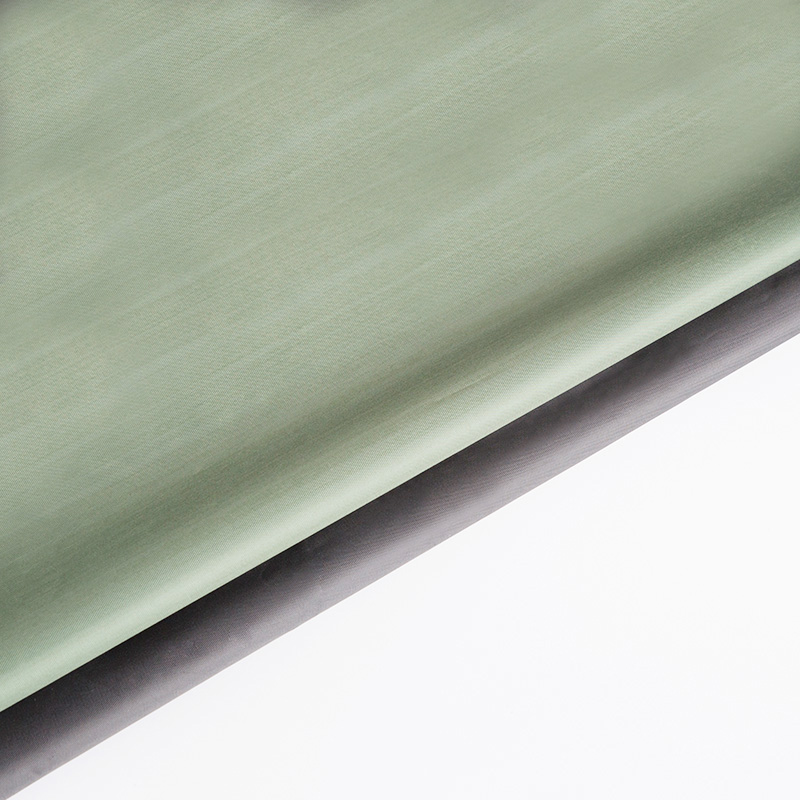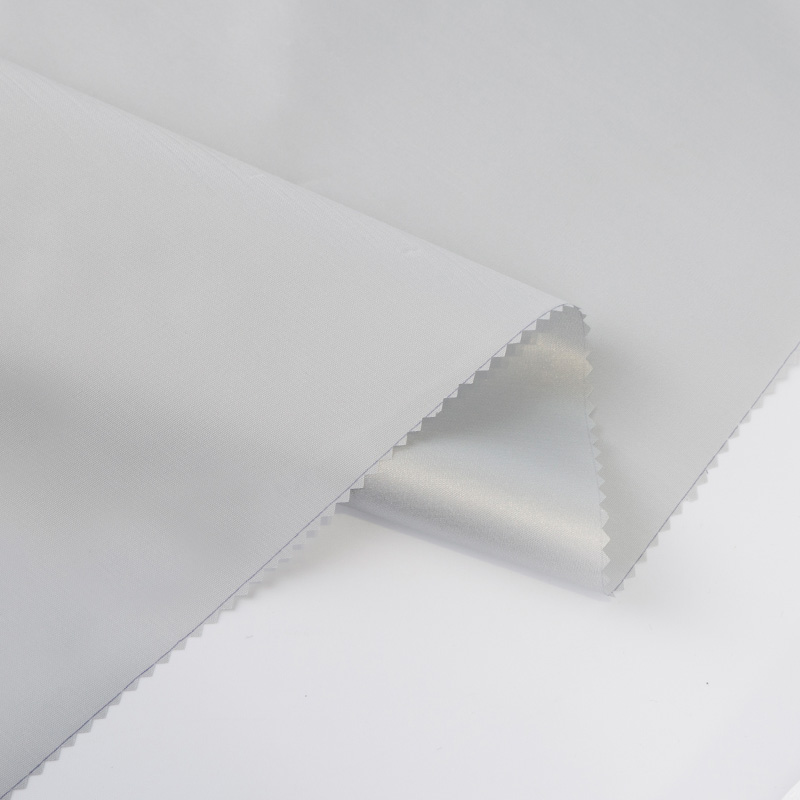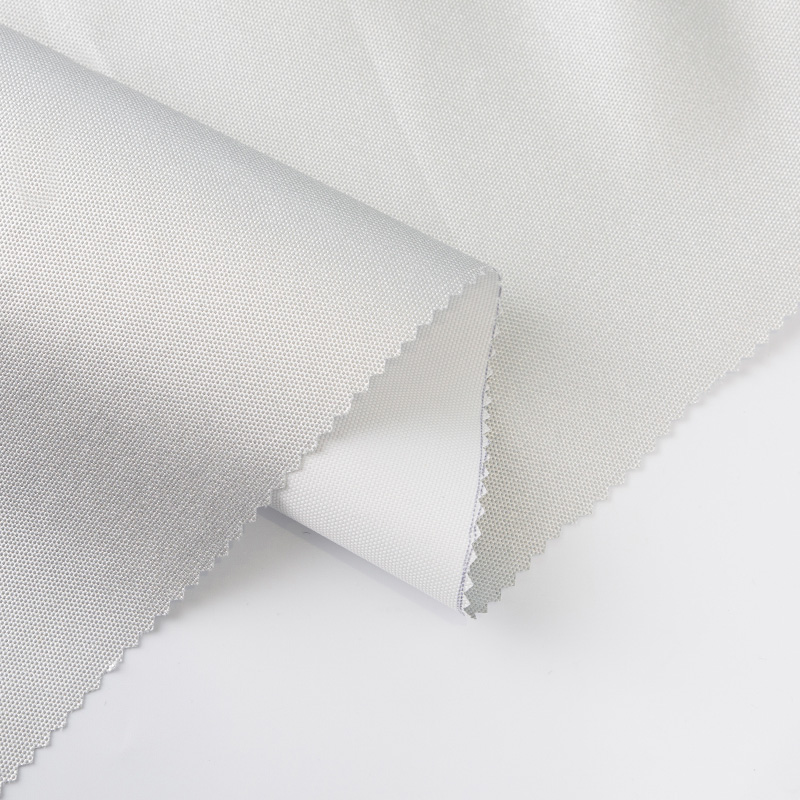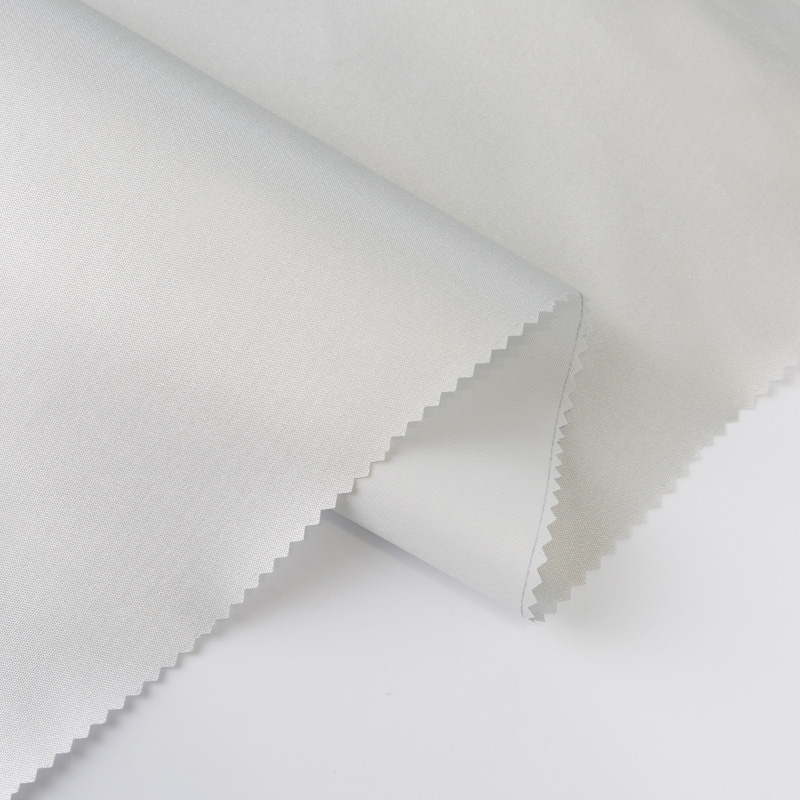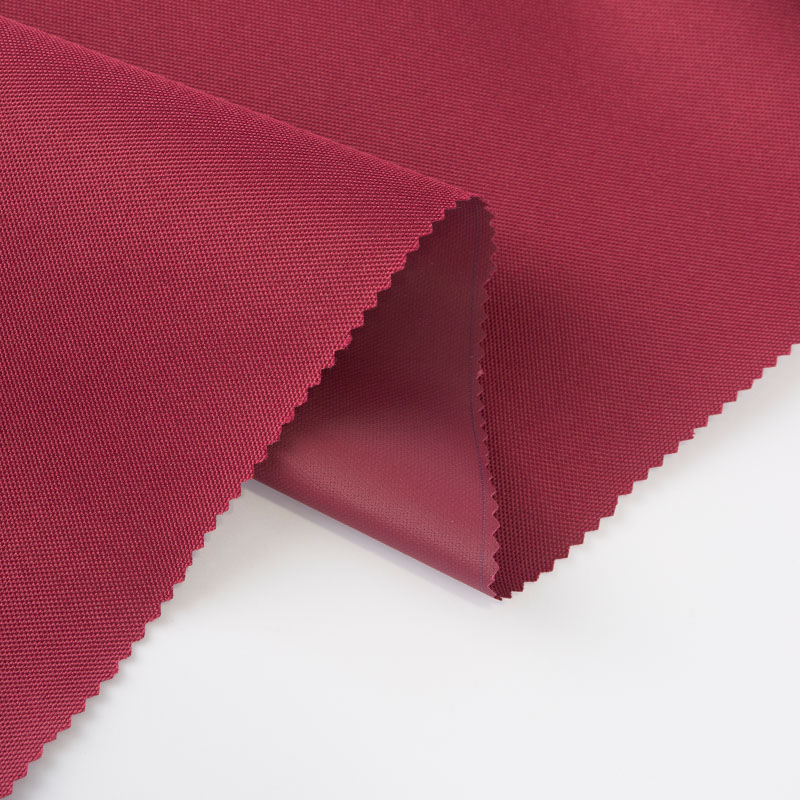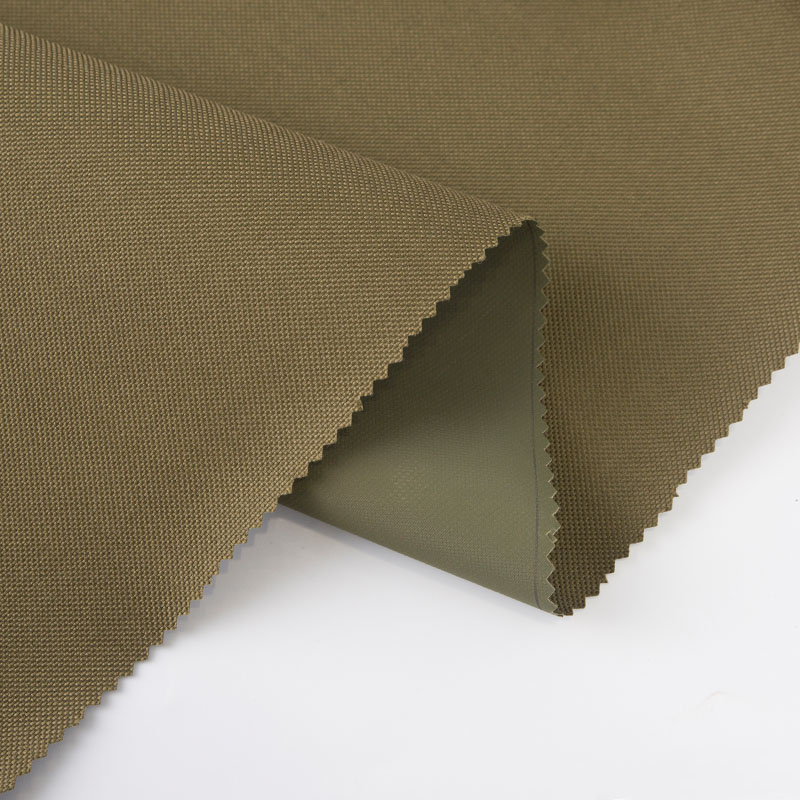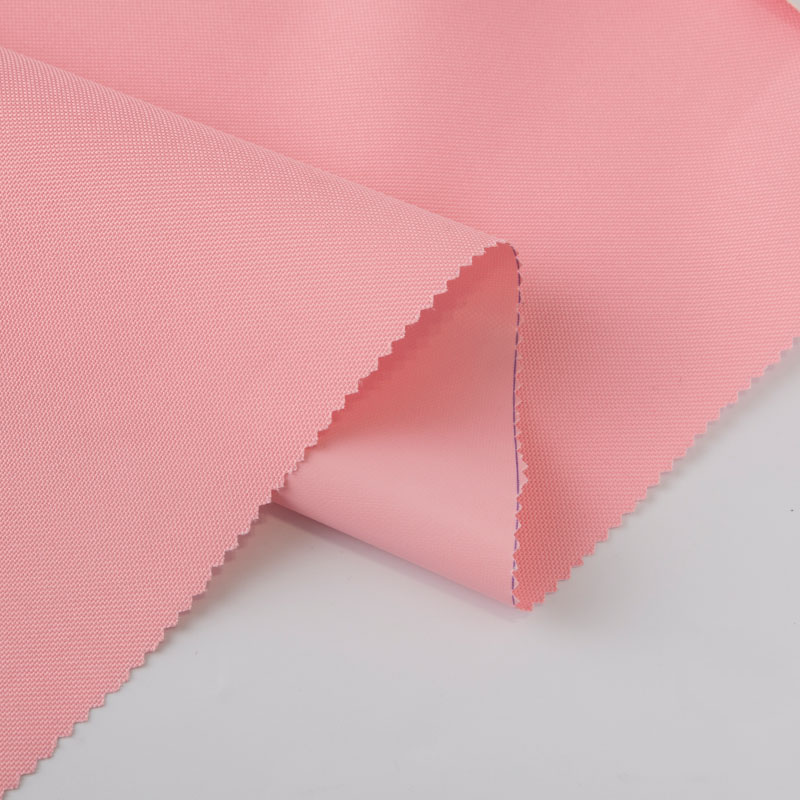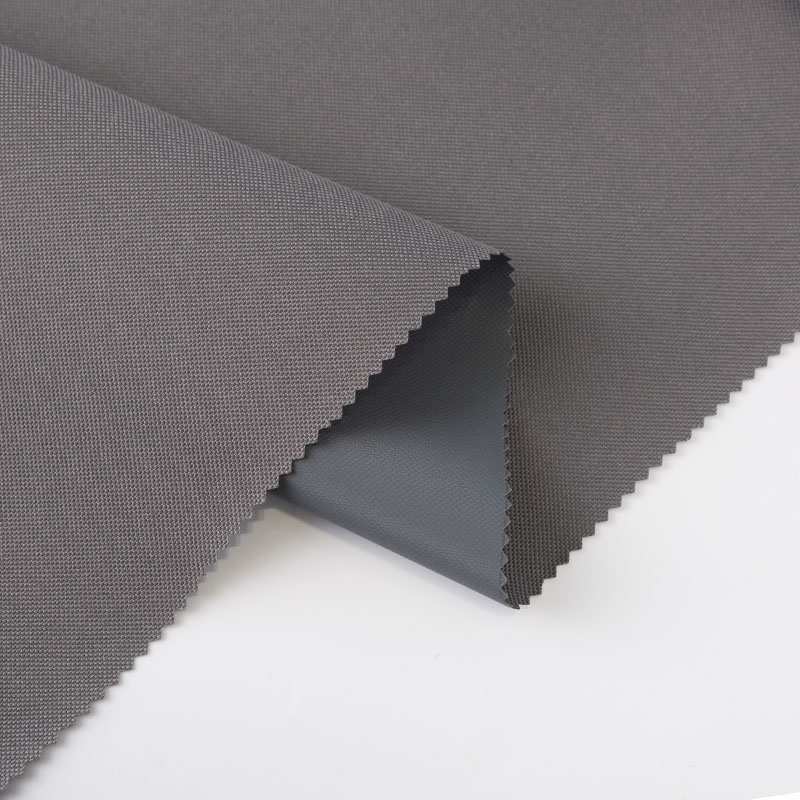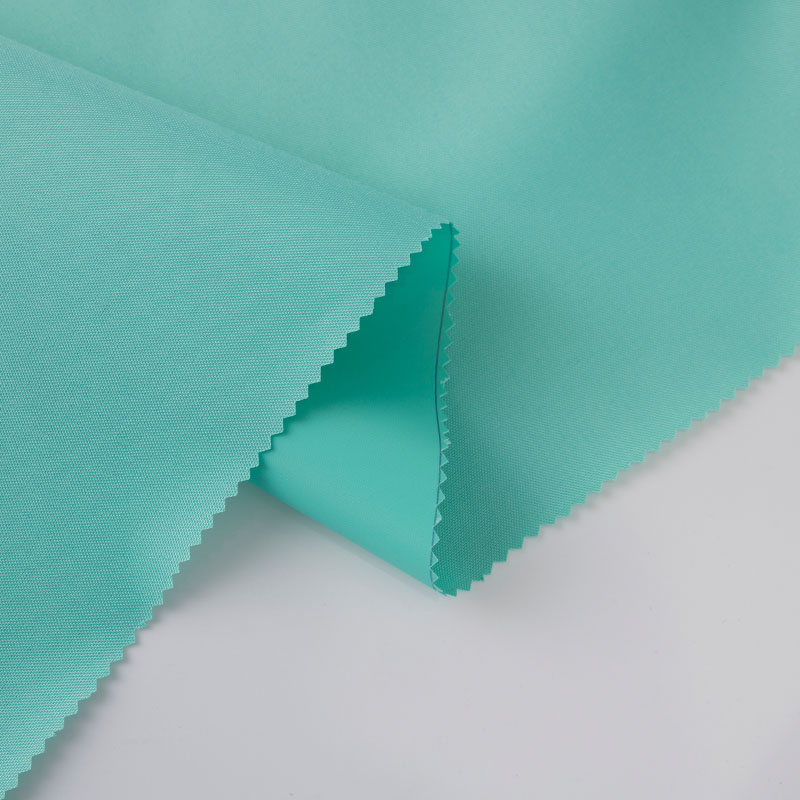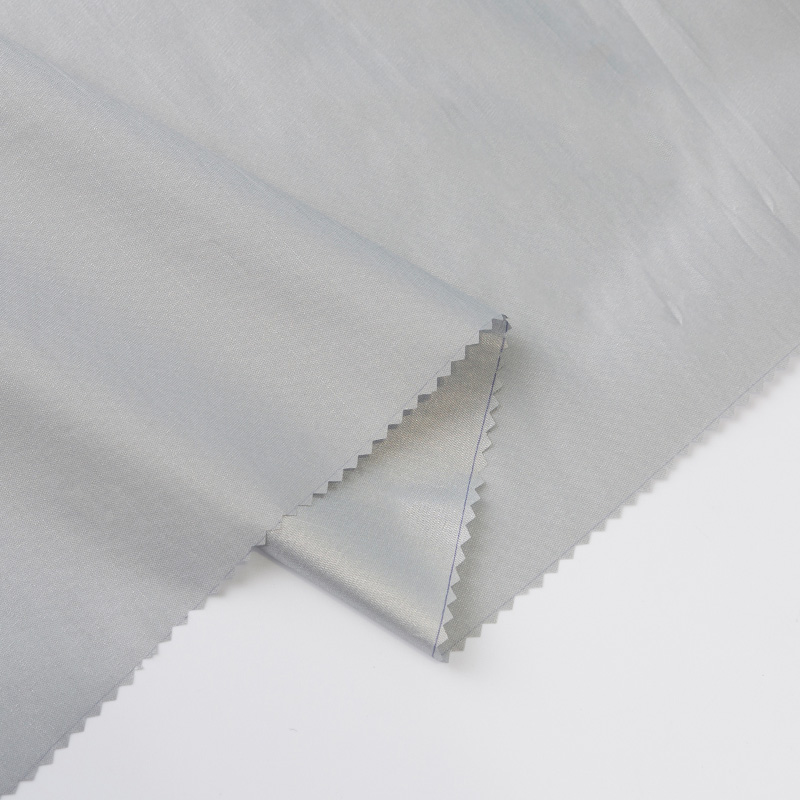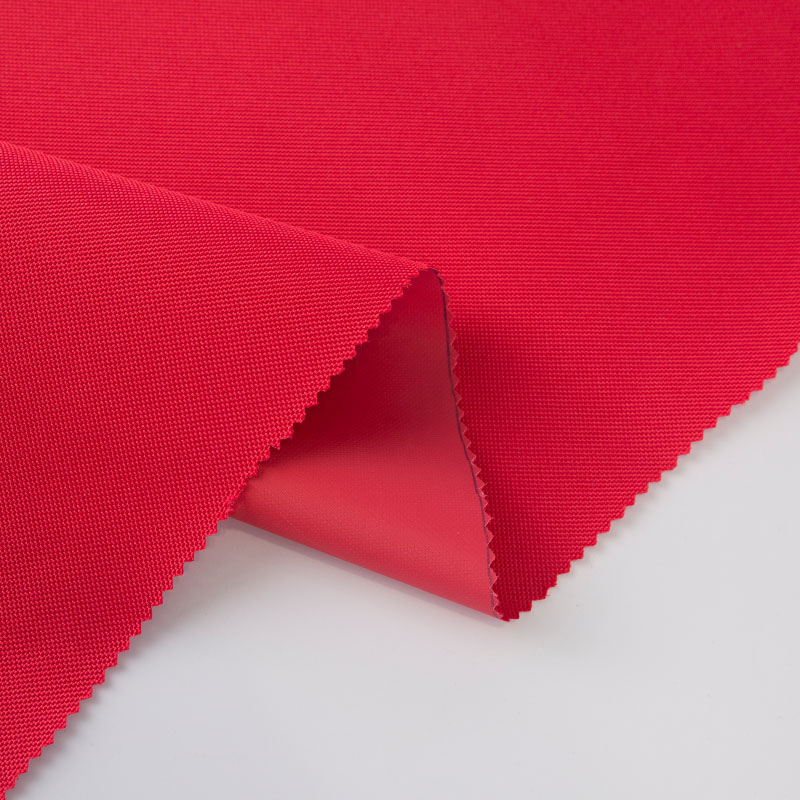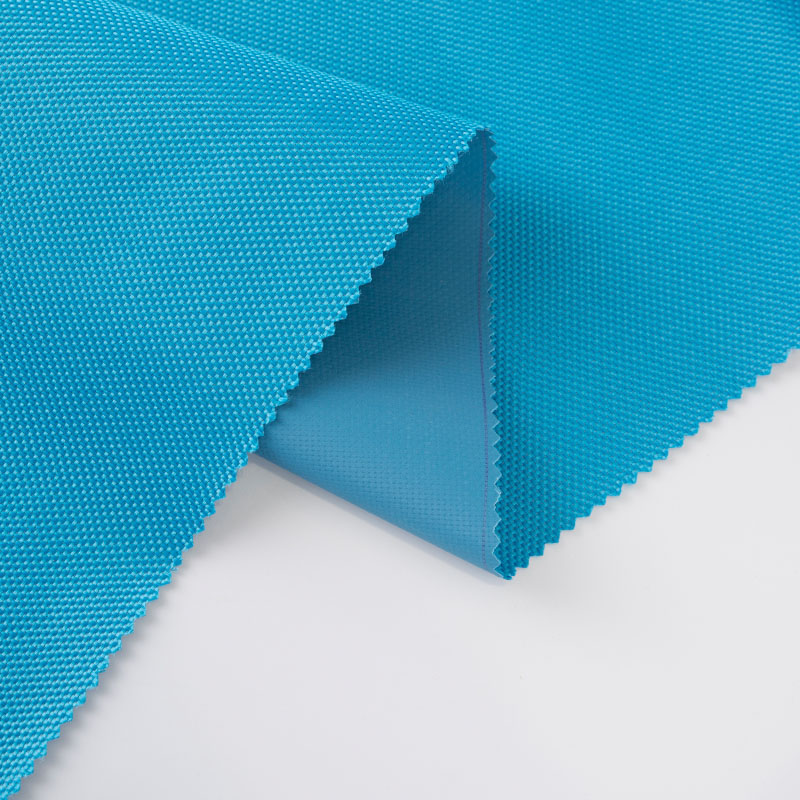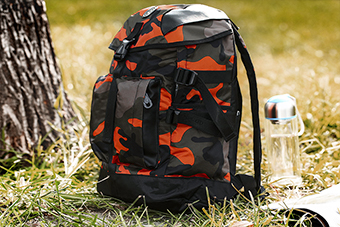We are a national high-tech enterprise. At present, there are many kinds of self-woven and cooperatively processed fabrics, including microfiber warp-knitted towel cloth, weft-knitted towel cloth, coral fleece, etc.
PVC (Polyvinyl Chloride) is a synthetic plastic material commonly used in the production of raincoat fabric due to its waterproof properties. PVC raincoat fabric is indeed designed to be flexible and pliable, making it an ideal choice for rainwear. Here are some key reasons for its flexibility and pliability:
Plasticizer Additives: PVC raincoat fabric is often formulated with plasticizer additives. Plasticizers are chemicals that are mixed with PVC to increase its flexibility and reduce its stiffness. They work by separating the PVC polymer chains, making the material more flexible and pliable.
Coating Technology: PVC raincoat fabric can be produced through various coating techniques. One common method is to coat a flexible fabric substrate, such as polyester or nylon, with a layer of PVC. This coating process allows the fabric to retain its flexibility while gaining waterproof properties from the PVC layer.
Thickness Variability: Manufacturers can control the thickness of the PVC layer applied to the fabric. Thinner PVC layers provide more flexibility, making the raincoat easier to fold and store when not in use. Thicker layers may sacrifice some flexibility for increased durability and waterproofing.
Welded Seams: PVC raincoats are often constructed with welded seams rather than sewn seams. Welded seams involve fusing two pieces of PVC fabric together using heat or high-frequency welding machines. This process creates a waterproof bond without the need for stitching, preserving the fabric's pliability.
Stretchable Properties: Some PVC raincoat fabric blends incorporate elastomers or stretchable materials that further enhance flexibility and allow for ease of movement. This is particularly important for raincoats worn during outdoor activities.
Temperature Resistance: PVC can remain flexible over a wide range of temperatures, which is important for raincoats that need to perform well in various weather conditions. It doesn't become brittle in cold temperatures or overly soft in hot conditions.
Durable and Long-lasting: PVC raincoat fabric is known for its durability and resistance to wear and tear, while still being flexible. This combination of qualities makes it a reliable choice for rain protection.
PVC raincoat fabric is designed to offer both waterproofing and flexibility. Manufacturers achieve this by using plasticizers, coating technology, thickness control, welded seams, and, in some cases, stretchable materials. These features ensure that PVC raincoats remain comfortable and easy to wear while providing protection from rain and moisture.

 English
English 中文简体
中文简体